DAIKEN SEKKEI over 75 Years
75 YEARS OF HISTORY
Unlock our 75 year corporate heritage
to discover the way forward
New office building built in Kyomachibori, Nishi Ward,
Osaka City, Osaka Prefecture in 1949
Example of keel structure:
Minakamimachi Chubu Junior High School
Front: An IBM RJE workstation featured in
"News from the Computer Room 4”
published in issue 46 of the company newsletter
(January 1975)
Back: Introduction of the sunshine calculation program
featured in "News from the Computer Room 7"
published in issue 49 of the company newsletter
(October 1975)
Left: Daiken Sekkei Osaka Office /
Right: Daiken Sekkei Headquarters (Tokyo Office)
75 YEARS OF HISTORY
In
1948
From
1948
to
1959
From
1960
to
1974
From
1975
to
1984
From
1985
to
1999
From
2000
草創期
相次ぐ受注
社の礎
新しい構法
景気拡大
社名変更
本社移転
戦後最大の不況
構造解析技術
収益構造の多様化
空前の好景気期
多数の実績
技術力研鑽
地域密着を強める
七十五周年
DAIKEN SEKKEI over 75 Years
Unlock our 75 year corporate heritage
to discover the way forward
Osaka Architecture Co. was founded on Tosabori Street in Nishi Ward, Osaka in 1948 by its three directors, Miyahiko Ikeda, Yoshio Takahashi, and Tokutaro Nishishima. The company made a good start with a continuous flow of orders, and the number of employees grew from nine to 20. In 1949, the following year, the company built and moved into a new office in Kyomachibori. In an era when firms run by individuals were the norm, the three founders pooled their expertise in various technical fields, offering a unique system where a single architecture firm could preside over an entire project. The company created a nationwide operations system during the postwar reconstruction period, laying the foundations for the company’s future.
When the company made it through its early years into a more stable organization with more than 150 employees, it set up a management platform. Making thorough use of the new construction methods developed earlier, the company accumulated a diverse performance record. In the construction rush boom period leading up to the Tokyo Olympics, it met the demand for new facilities investment in heavy industries such as steelworks and overseas plants, and fielded an increasing number of orders from government offices, housing corporations, trading companies, railways, and other businesses. The Aburatsubo Marine Park Aquarium was planned as an aquarium with high entertainment value, and opened its doors in 1968. In 1971, the company changed its name to Daiken Sekkei in response to changes in the economic environment.
After the oil shock, when Japan entered its greatest economic slump of the postwar period, returning to equilibrium from runaway growth, the company structure was reorganized. After recovering design orders at the Osaka office, it became clear that the center of business operations should move from Osaka to Tokyo, and in 1978, the headquarters was moved to Tokyo. The company highlighted its diverse abilities as a general organizing contractor, and increased profits through a move to a more intuitive management system. Facing the difficult economic circumstances of the second oil crisis, in which energy-saving and resource-saving technologies grew worldwide, the company expanded into new fields through the purchase of structural analysis technology for large-scale buildings.
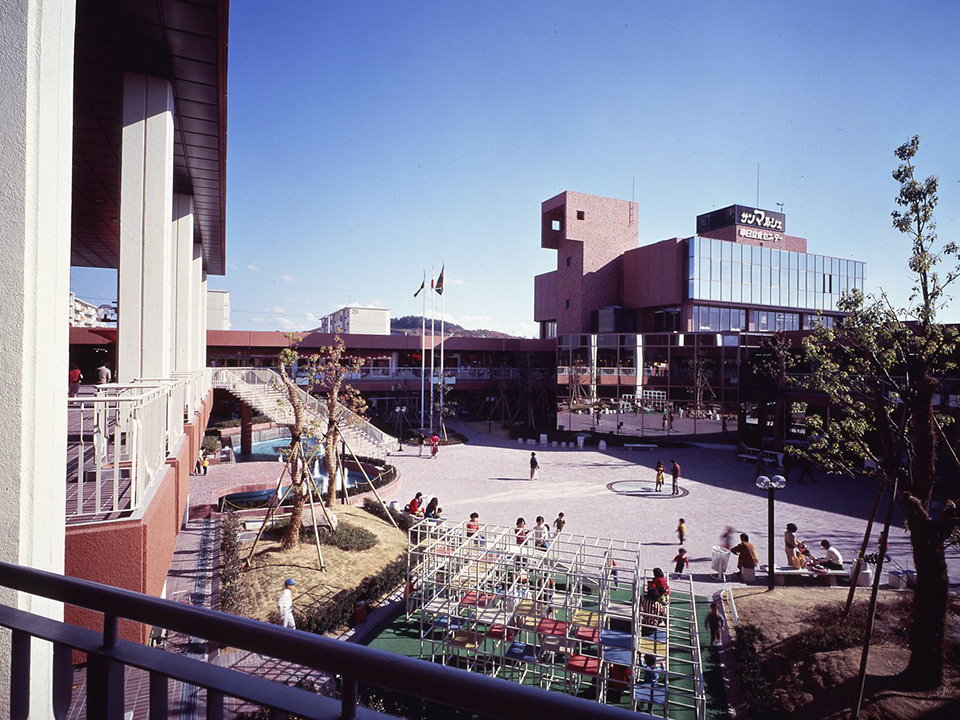 1973 Kozoji New Town Center
1973 Kozoji New Town Center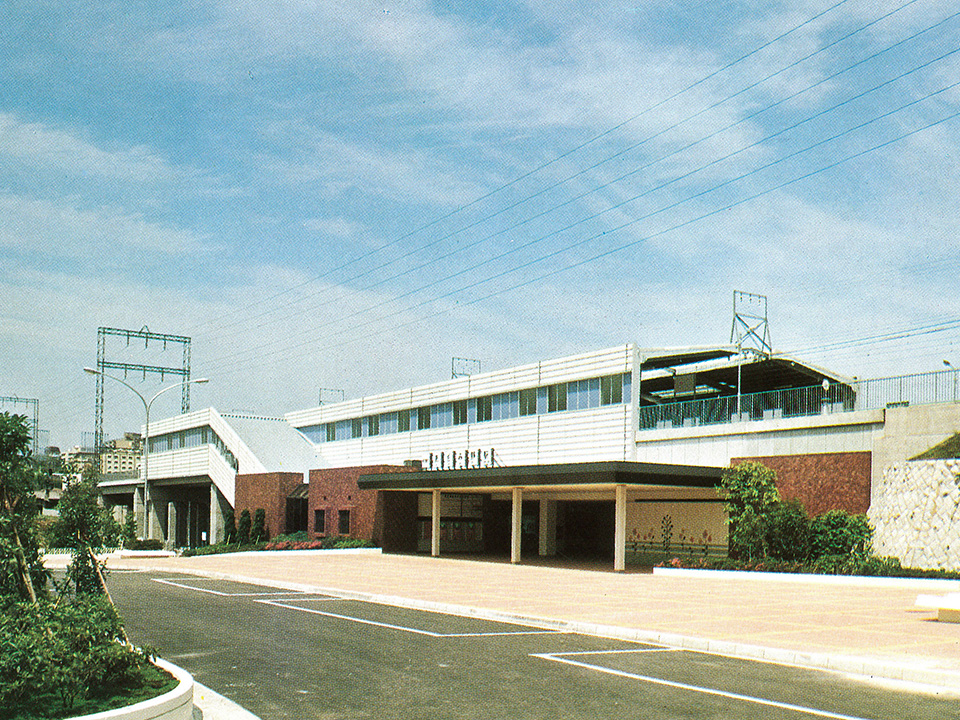 1977 Azamino Station on the Den-en-toshi Line
1977 Azamino Station on the Den-en-toshi Line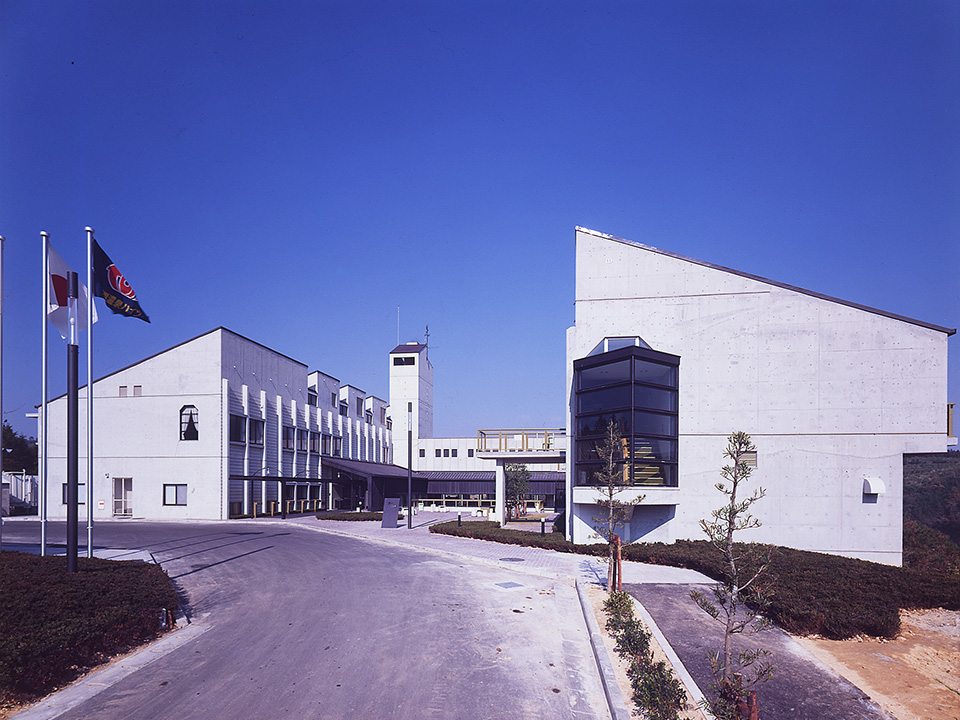 1978 Saga Labor and Welfare Center
1978 Saga Labor and Welfare Center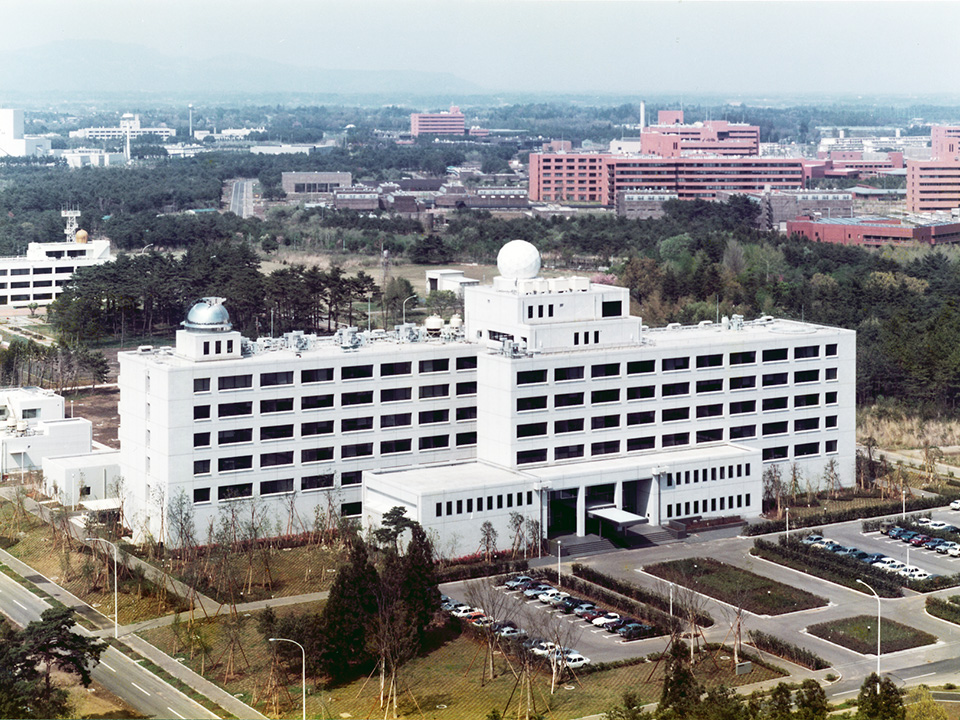 1979 Meteorological Research Institute
1979 Meteorological Research Institute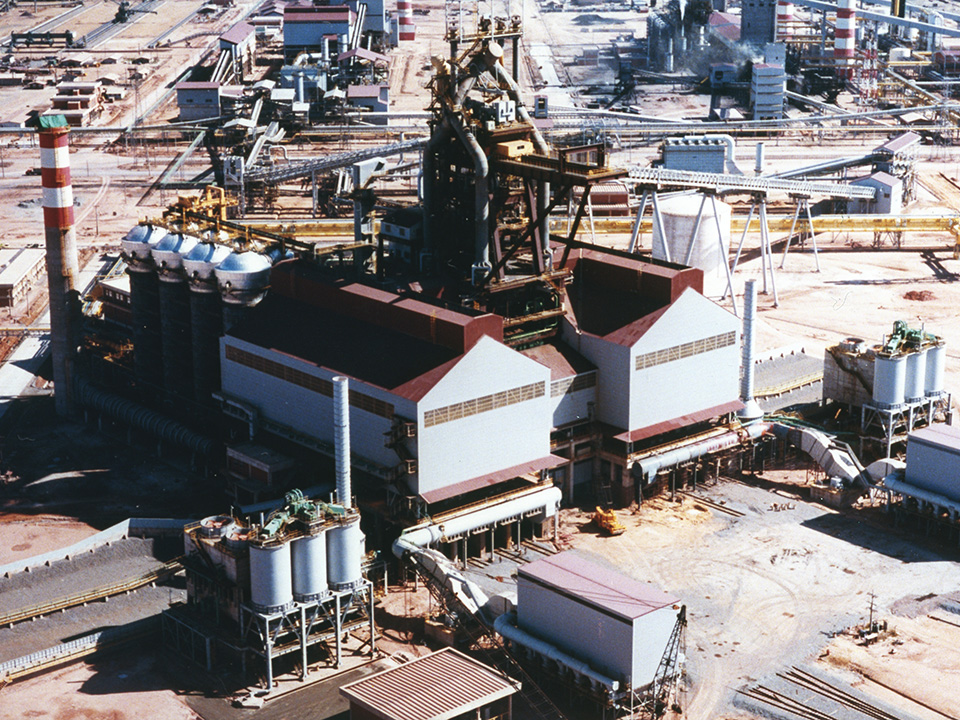 1979 Tubarao steel mill (Brazil)
1979 Tubarao steel mill (Brazil)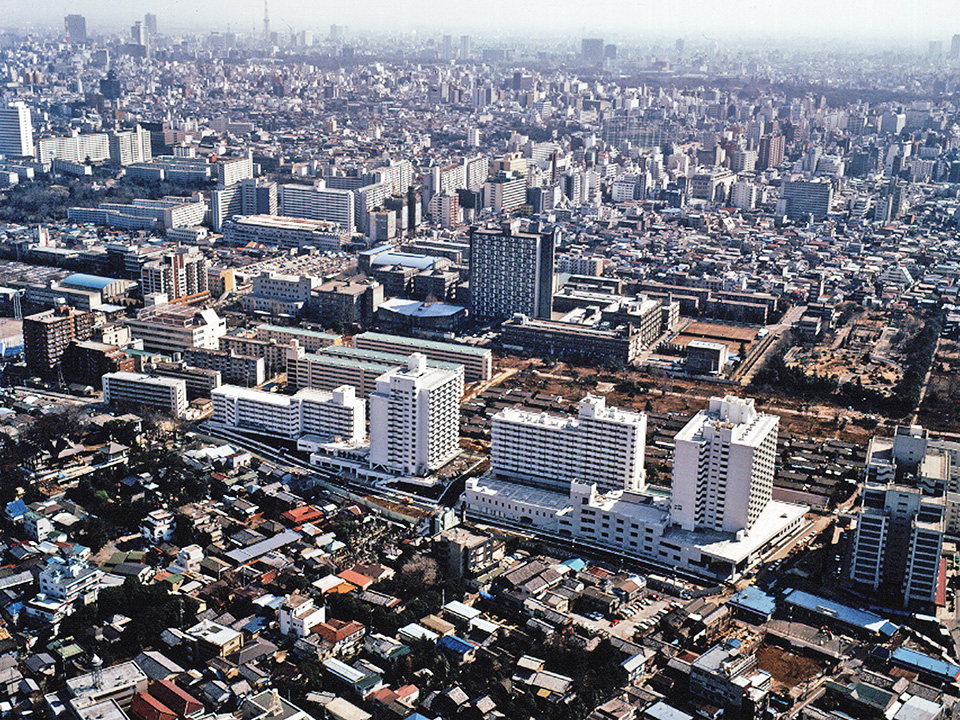 1981 Nishi Okubo urban housing redevelopment
1981 Nishi Okubo urban housing redevelopment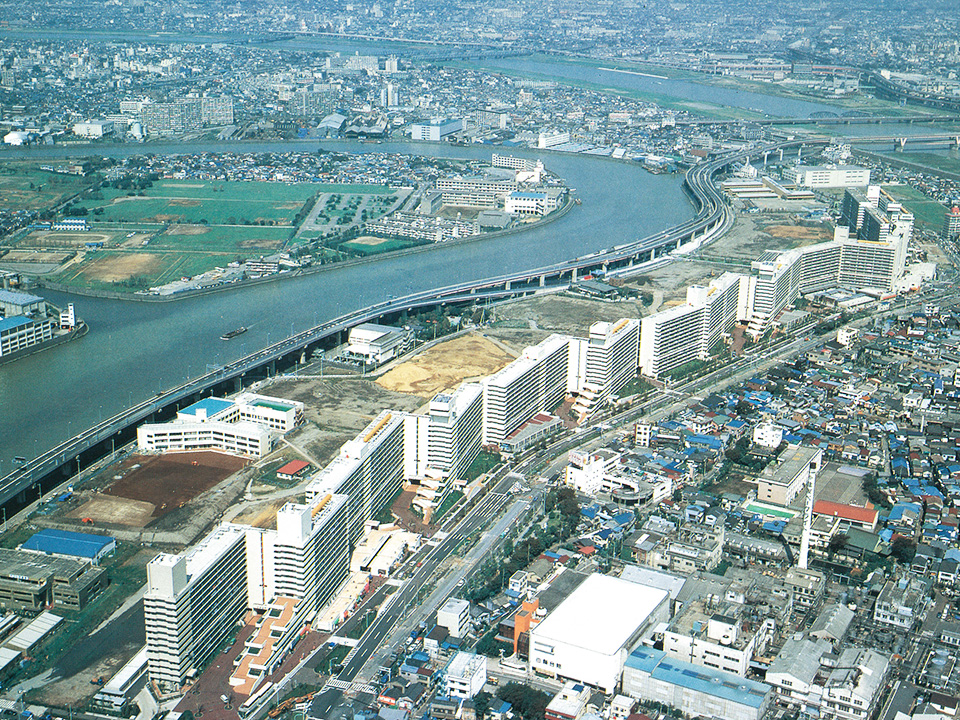 1982 Shirahige Higashi Daisan area urban redevelopment project facility
1982 Shirahige Higashi Daisan area urban redevelopment project facility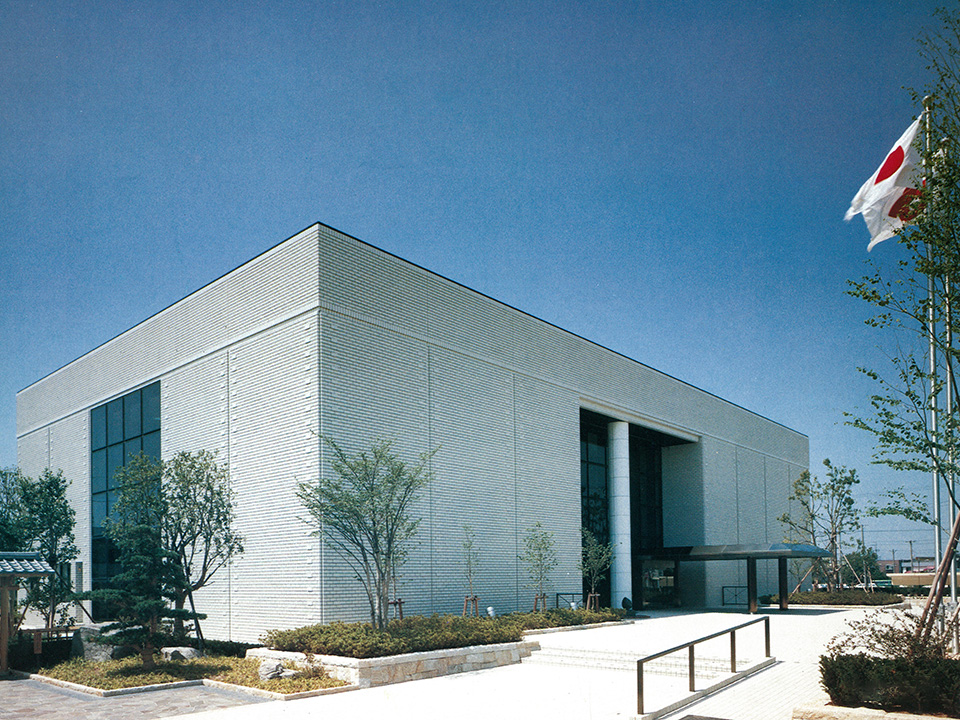 1983 Kariya City Art Museum
1983 Kariya City Art MuseumAs Japan gained international competitiveness through the development of high-tech industry, it entered a period of unprecedented economic growth, and Daiken Sekkei built up a diverse performance record as its business expanded to include urban development projects, waste plants, facilities for the elderly and disabled, sports facilities such as gymnasiums and stadiums, pools heated using waste heat, recreational facilities, leisure and theme parks, aquariums, and others. Against the backdrop of increasingly sophisticated industrial structures and an increasingly software-driven society, the company founded Daiken Systems, Daiken Engineering, Daiken Environmental Development, and Daiken Technology Consulting. The company constructed its own buildings for the for the Osaka office and the Tokyo headquarters.
Entering the era of increasingly sophisticated information and internationalization, the company’s business fields expanded further still. On the flipside, the company also continued to express its strengths in specialty fields such as aquariums, medical and welfare facilities, and plants encompassing large interior spaces, completing a wide variety of plans and designs in Japan and overseas. In addition, the company focused on developing and expanding is technologies, through taking on design projects for atrium spaces and sports facilities constructed with wooden materials, and large-scale wood-frame concert halls. As the company expanded nationwide, it developed closer connections with local regions, continuing to build architecture that can be passed on to future generations.
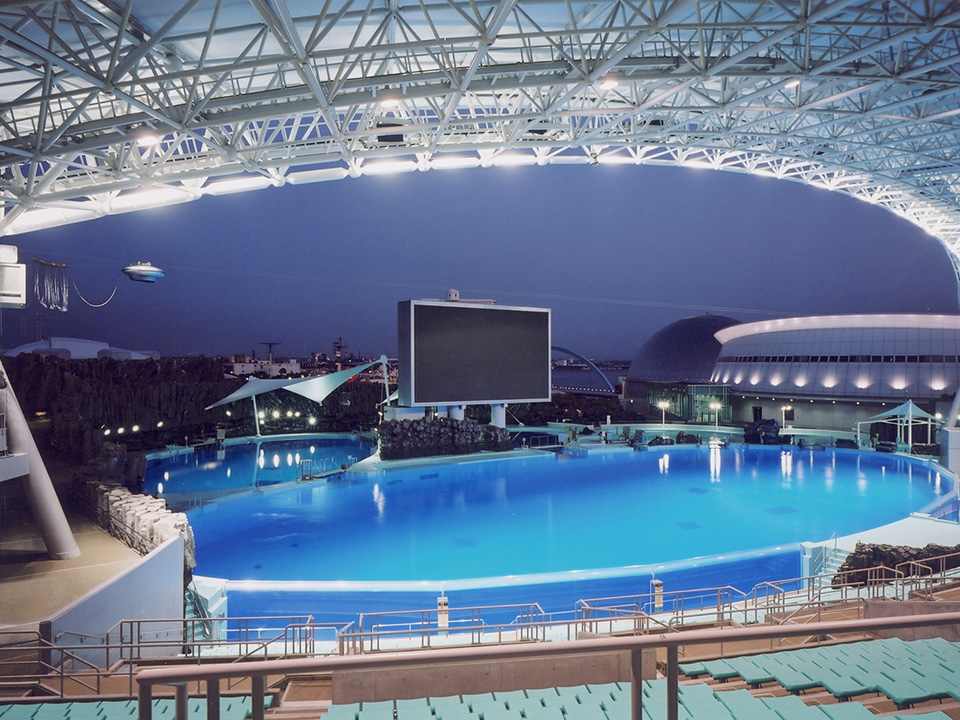 2001 The Port of Nagoya Public Aquarium North Building
2001 The Port of Nagoya Public Aquarium North Building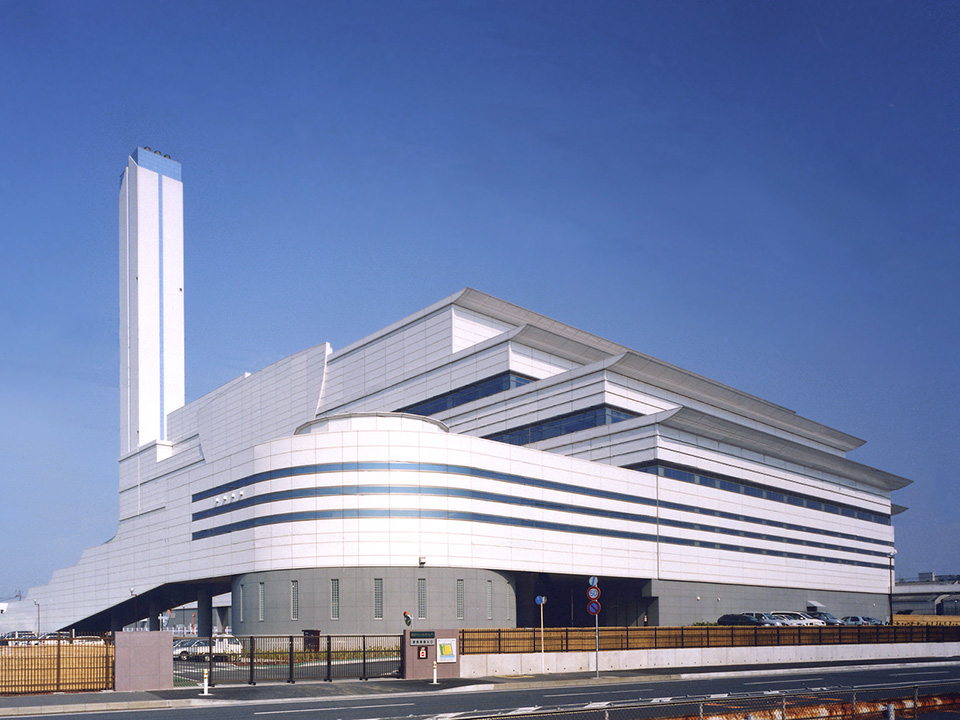 2002 Shinminato Clean Energy Center
2002 Shinminato Clean Energy Center![2004 All-weather Athletic Stadium [Konohana Dome], Miyazaki Prefecture](img/works_05-03.jpg) 2004 All-weather Athletic Stadium [Konohana Dome], Miyazaki Prefecture
2004 All-weather Athletic Stadium [Konohana Dome], Miyazaki Prefecture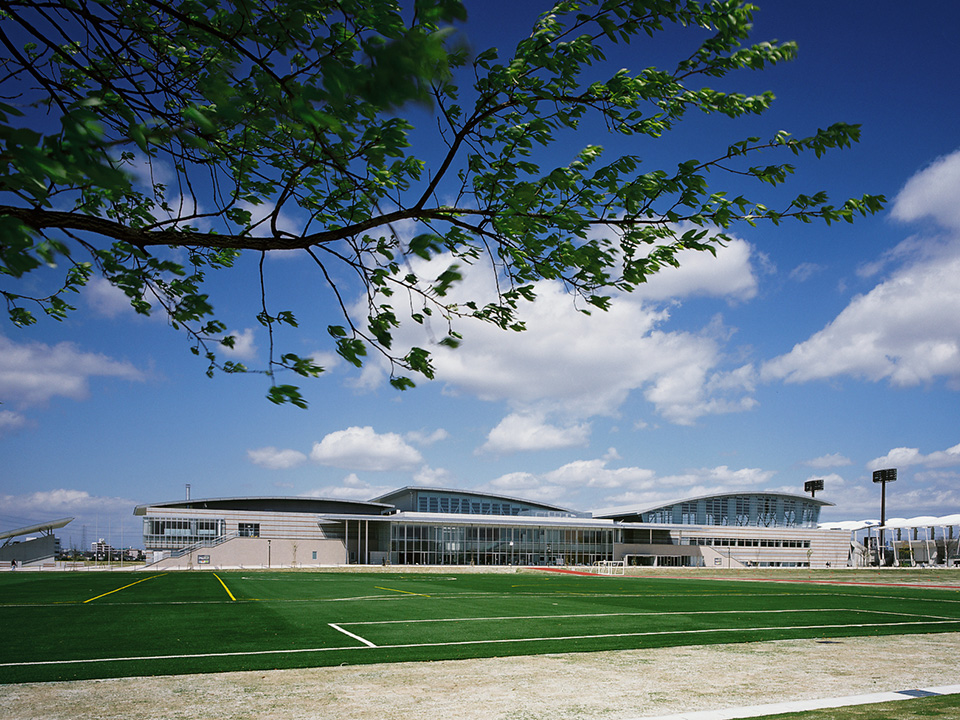 2007 Kariya City General Athletic Park
2007 Kariya City General Athletic Park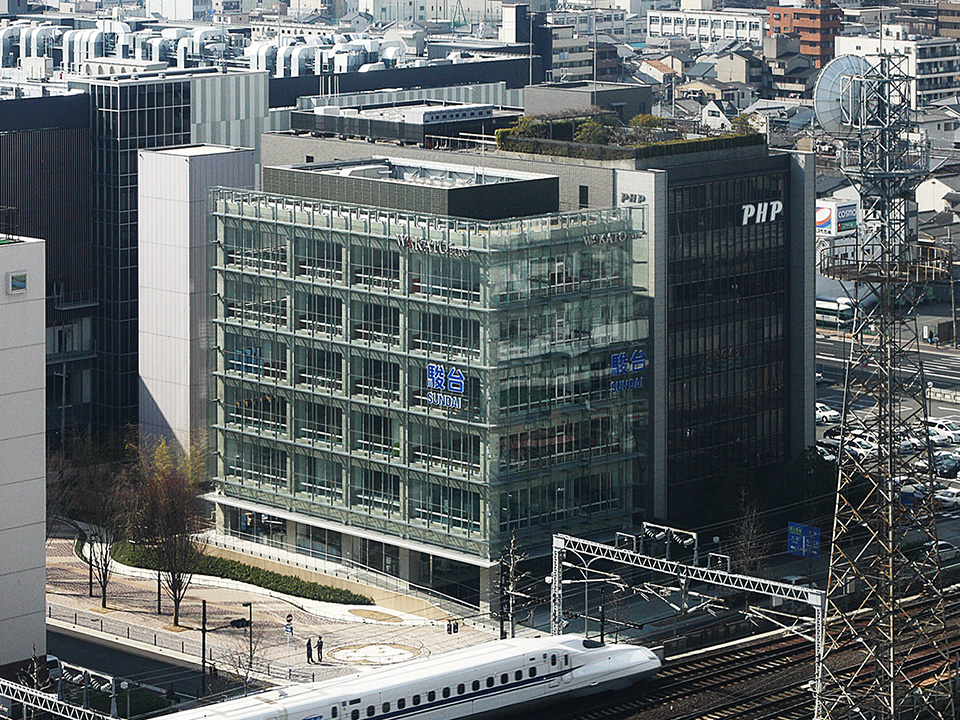 2010 WAKATO Building
2010 WAKATO Building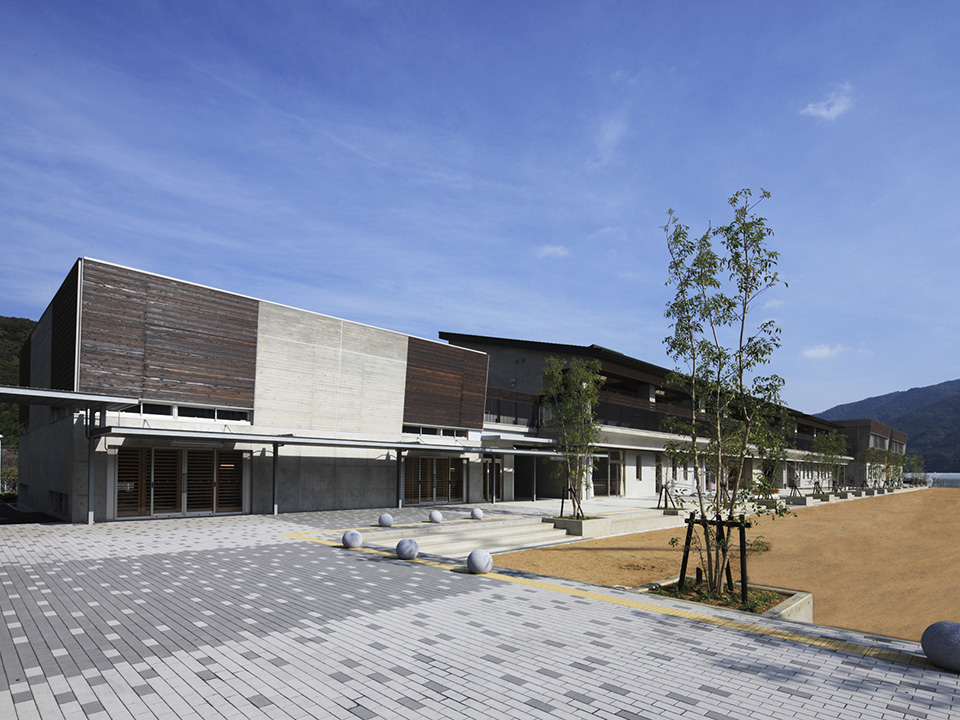 2013 Katsuura Town Katsuura Junior High School
2013 Katsuura Town Katsuura Junior High School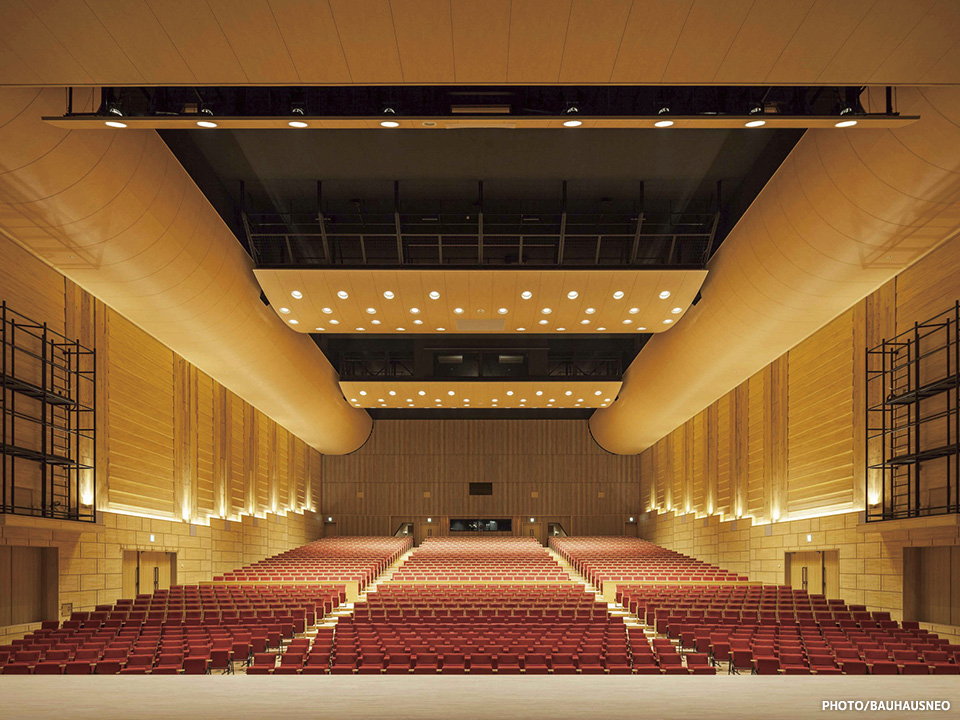 2015 Nanyo City Cultural Hall
2015 Nanyo City Cultural Hall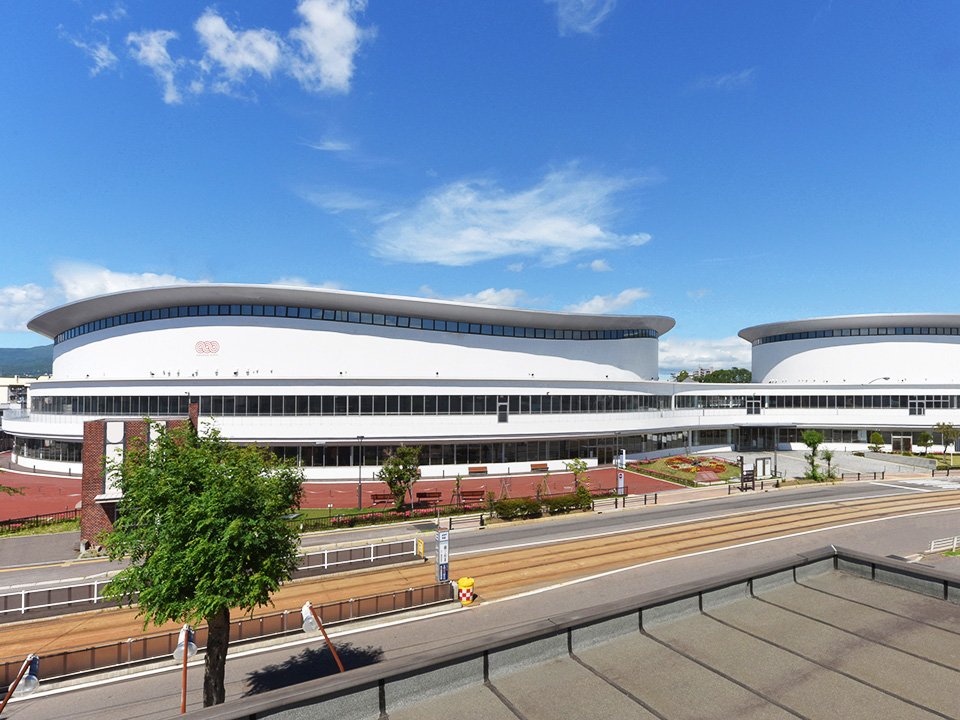 2015 Hakodate Arena
2015 Hakodate Arena